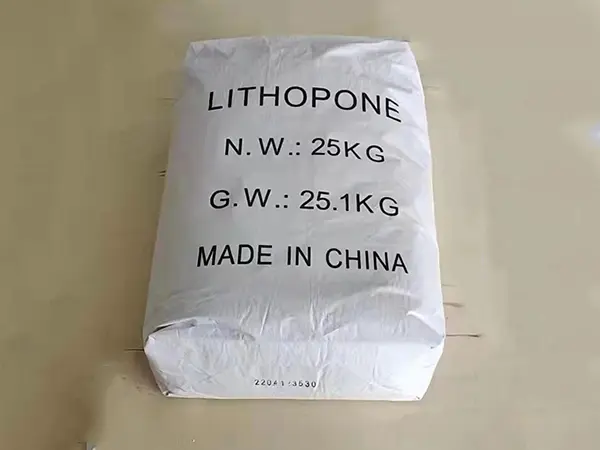Lithopone and titanium dioxide are two pigments widely used in various industries, including paints, plastics and paper. Both pigments have unique properties that make them valuable in pigment production. In this article, we will explore the advantages of lithopone and titanium dioxide and their applications in different industries.
Lithopone is a white pigment composed of a mixture of barium sulfate and zinc sulfide. It is known for its excellent hiding power and weather resistance, making it a popular choice for outdoor applications. Additionally, lithopone is cost-effective, making it an attractive option for manufacturers looking to reduce production costs without compromising quality. The use of lithopone in the production of paints and coatings provides excellent coverage and durability, making it suitable for exterior, industrial and marine coatings.
Lithopone has applications beyond the coatings industry. It is also used in the production of plastics, rubber and paper. In plastics, lithopone is used to impart opacity and brightness to the final product. In rubber manufacturing, lithopone is added to rubber compounds to improve their weathering and aging resistance. In the paper industry, lithopone is used as a filler to increase the brightness and opacity of paper products.
Titanium dioxide is another widely used pigment that offers a range of advantages in pigment production. It is known for its exceptional whiteness and brightness, making it a popular choice for applications requiring high opacity and color retention. Titanium dioxide is commonly used in the production of paints, coatings, plastics and inks. Its ability to effectively diffuse light makes it ideal for achieving vibrant, long-lasting color in a variety of products.
One of the main advantages of titanium dioxide is its UV resistance, making it suitable for outdoor applications. In the paint and coatings industry, titanium dioxide is used to provide protection from UV radiation and prevent degradation of the underlying substrate. This makes it an important component in formulations for exterior paints, automotive coatings and protective coatings for industrial equipment.
In addition to its use in paints and coatings, titanium dioxide is also used in the production of plastics and inks. In plastics, it provides opacity and brightness, enhancing the visual appeal of the final product. In the ink industry, titanium dioxide is used to achieve vivid and long-lasting colors in printing applications.
When combined, lithopone and titanium dioxide offer a range of advantages in pigment production. Their complementary properties make them suitable for a wide range of applications, from outdoor paints and coatings to plastic and paper products. Using these pigments allows manufacturers to achieve the desired color, opacity and durability in their products while remaining cost-effective.
In short, the benefits of lithopone and titanium dioxide in pigment production are significant. Their unique properties make them valuable components in various industries, providing essential properties such as opacity, brightness, weather resistance and UV protection. As demand for high-quality pigments continues to grow, the use of lithopone and titanium dioxide remains critical to meeting the diverse needs of the manufacturing industry.
Post time: Jul-11-2024


